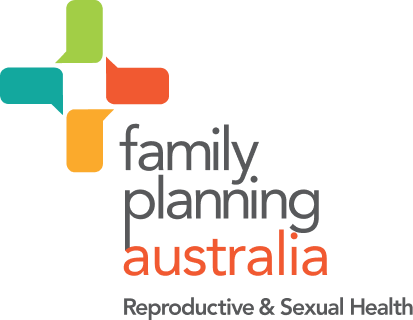1.
Masters W, Johnson VE. Human sexual inadequacy. Boston Little, Brown & Co; 1970.
Close
2.
Kaplan H. Disorders of Sexual Desire and Other New Concepts and Techniques in Sex Therapy: The New Sex Therapy. New York: Brunner/Hazel Publications; 1979.
Close
3.
American Psychiatric Association. Diagnostic and statistical manual for mental disorders: DM 2. 2nd Washington APA; 1968.
Close
4.
Basson R. The Female Sexual Response: A Different Model. Journal of Sex and Marital Therapy 2000;26(1):51-65.
Close
5.
Badcock P, Smith AM, Richters J, Rissel C, de Visser RO, Simpson JM, Grulich AE. Characteristics of heterosexual regular relationships among a representative sample of adults: the Second Australian Study of Health and Relationships. Sexual Health. 2014;11(5):427-38.
Close
6.
Rissel C, Richters J, Grulicj AE, de Visser RO, Smith AMA. Sex in Australia. Australian and New Zealand Journal of Public Health. 2003;27(2):101-256.
Close
7.
Rosen R, Lane RM, Menza M. Effects of SSRIs on sexual function: a critical review. Journal of Clinical Psychopharmacology 1999;19(1):67-85.
Close
8.
Manolis A, Doumas M. Antihypertensive treatment and sexual dysfunction. Current Hypertensive Reports. 2012;14(4):285-92.
Close
9.
Peugh J, Belenko S. Alcohol, drugs and sexual function: a review. Journal of Psychoactive Drugs 2001;Jul-Sep 33(3):223-32.
Close
10.
Cutler A. Sexual dysfunction and antipsychotic treatment Psychoneuroendocrinology 2003;28(Suppl 1):69-82.
Close
11.
Knegtering H, Boks M, Blijd C, Castelein S, van den Bosch RJ, Wiersma D. A randomized open-label comparison of the impact of olanzapine versus risperidone on sexual functioning. Journal of Sex and Marital Therapy. 2006;Jul-Sep; 32(4):315-26.
Close
12.
McKay A. Sexuality and substance use: The impact of tobacco, alcohol, and selected recreational drugs on sexual function. Canadian Journal of Human Sexuality. 2005;14(1-2):47-56.
Close
13.
American Psychiatric. Diagnostic and Statistical manual for Mental Disorders: DSM-5. 5th Washington: APA; 2013.
Close
14.
Kelley EL. Sexual desire in women according to reproductive milestones. Female Sexual Dysfunction and Disorders. 2018; 10: 360-369.
Close
15.
King R. Where did my libido go?. Sydney, NSW: Ebury Press, Random House; 2010.
Close
16.
Charest M, Kleinplatz PJ. A review of recent innovations in the treatment of low sexual desire. Clinical Therapeutics. 2018; 10: 281-286.
Close
17.
Davis S, Braunstein G. Efficacy and safety of testosterone in the management of HSDD in postmenopausal women Journal of Sexual Medicine 2012;9(4):1134-48.
Close
18.
Braunstein G. Management of FSD in postmenopausal women by testosterone administration: safety issues and controversies. Journal of Sexual Medicine. 2007;4:859-66.
Close
19.
Thorp J, Simon J, Dattani D, Taylor L, Kimura T, Garcia M, et al. Treatment of hypoactive sexual desire disorder in premenopausal women: efficacy of flibanserin in the DAISY study. Journal of Sexual Medicine. 2012;9:793-804.
Close
20.
Howard J. Helping people with sexual problems. East Hawthorne, Victoria: IP Communications; 2010.
Close
21.
Lindau S, Gavrilova N. Sex, health, and years of sexually active life gained due to good health: evidence from two US population based cross sectional surveys of ageing. British Medical Journal. 2010;Mar 9(340):c810.
Close
22.
Howard J, O’Neill S, Travers C. Factors affecting sexuality in older Australian women: sexual interest, sexual arousal, relationships and sexual distress in older Australian women. Climacteric: the journal of the Menopause Society. 2006;9(5):355-67.
Close
23.
Walsh K, Berman JR. Sexual dysfunction in the older woman: an overview of the current understanding and management. Drugs and aging. 2004;21(10):655-75.
Close
